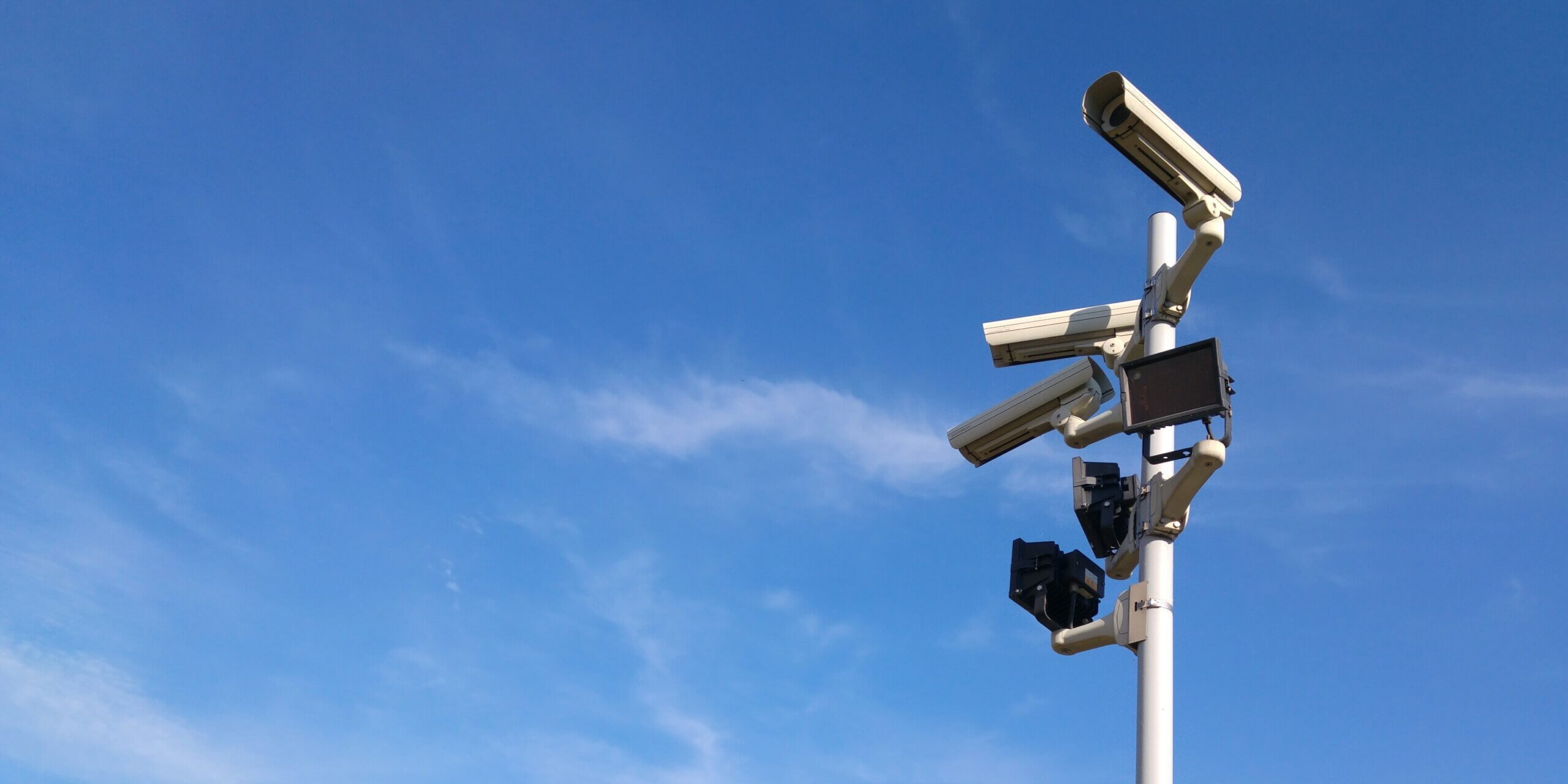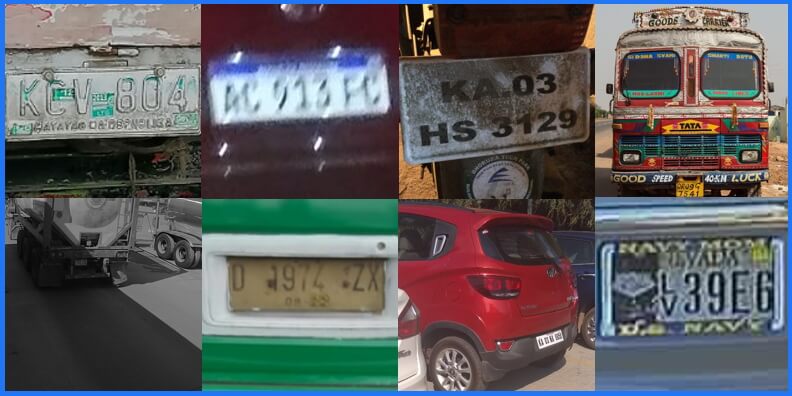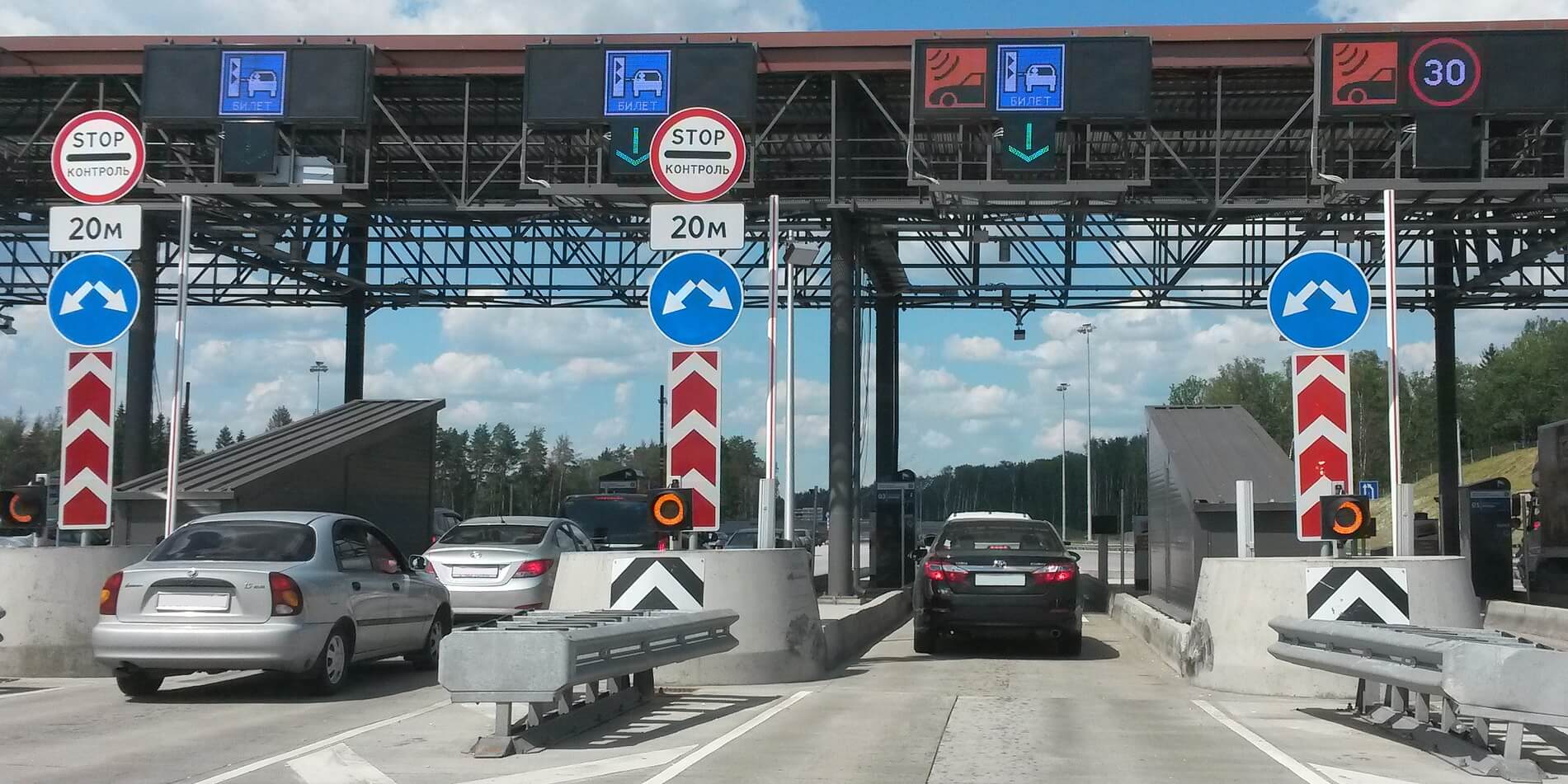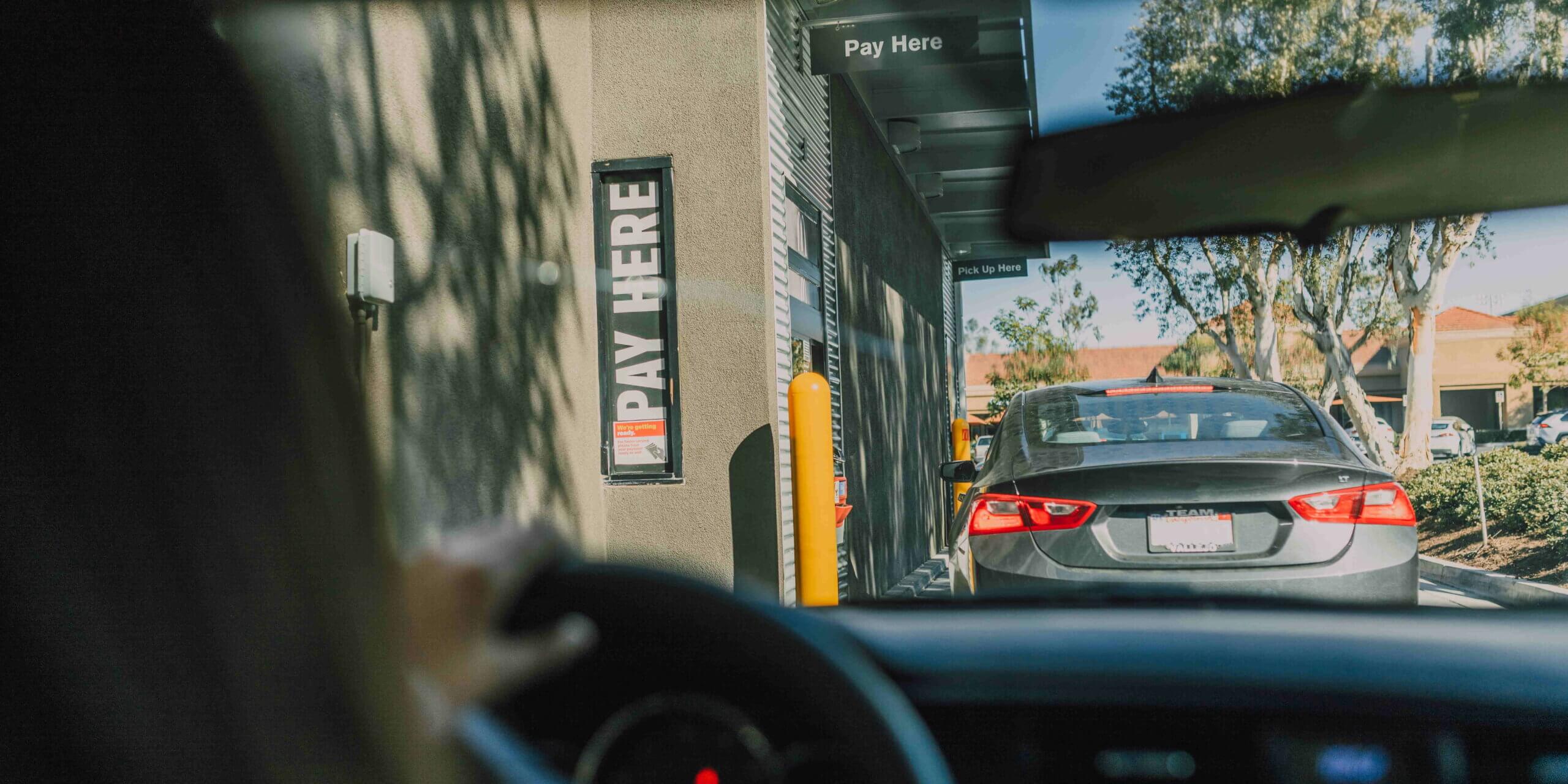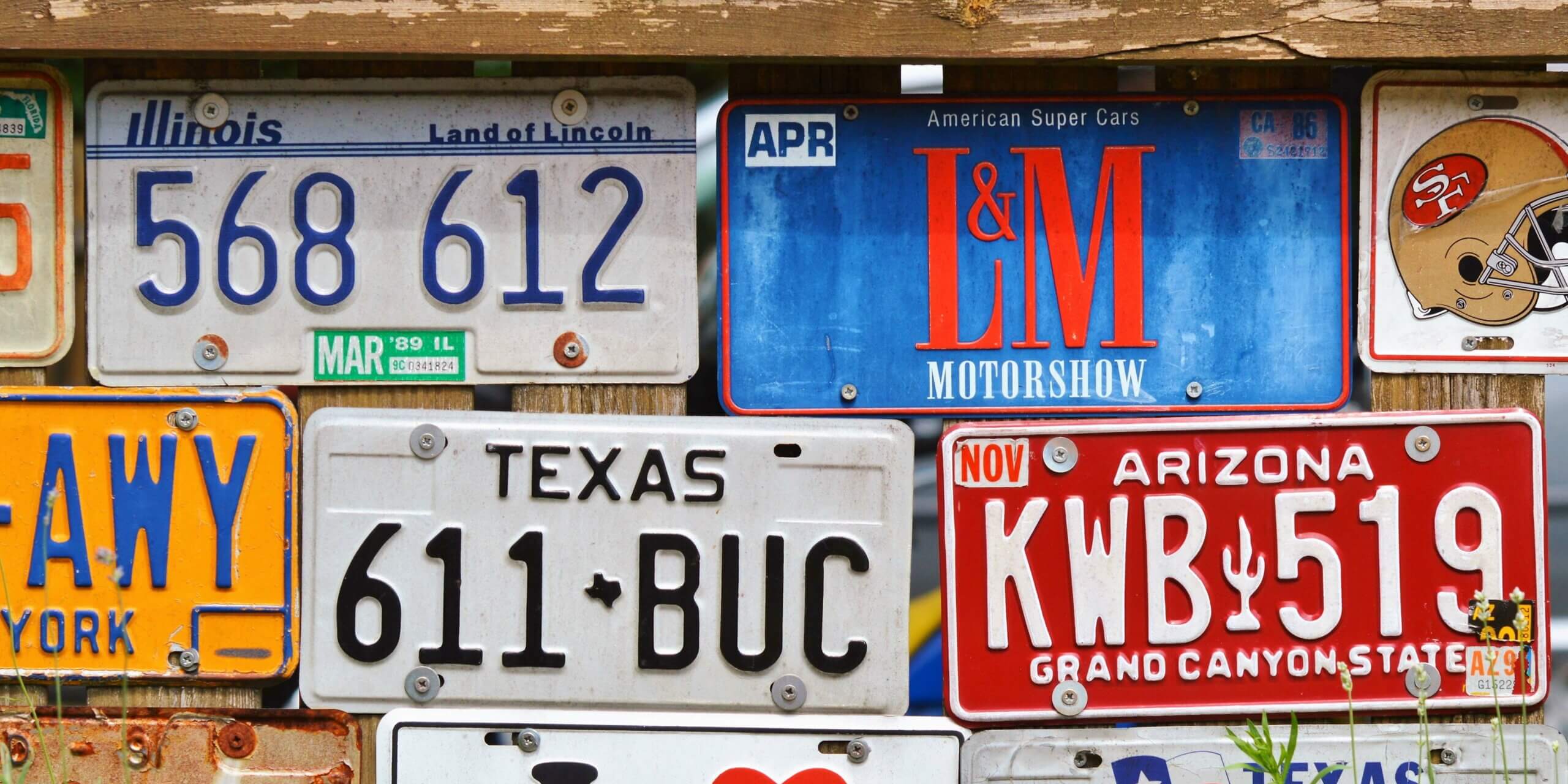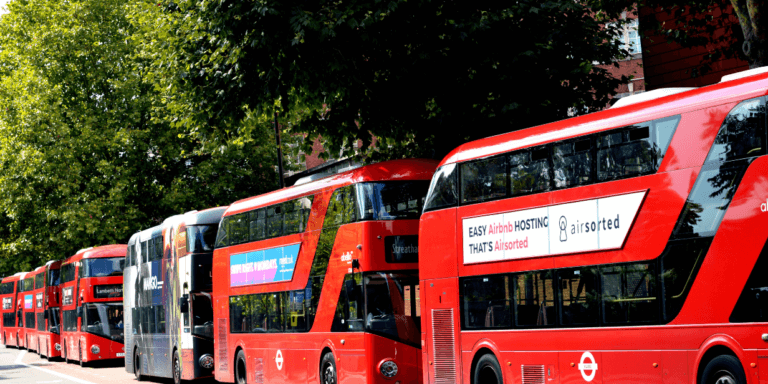Have you heard the term ALPR bandied about and wondered what everyone is talking about? Even if you know that it has to do with license plates, do you think about what use license plates might have outside of law enforcement? Read on to find out how law enforcement, public works, and the private sector are all investing in ALPRs to drive efficiencies in camera systems and secure their environments.
Automatic License Plate Recognition in action. Source: Pexels.
What Does ALPR Stand For?
ALPR is an acronym for Automated License Plate Recognition. As a technology, license plate scans have been around since the 90s, when law enforcement agencies began using the technology to identify “vehicles of interest” from stationary traffic locations and toll plazas. Even with its long history, the usage of license plate reader apps has exploded in the last few years as the underlying technology accelerated processing and accuracy rates. The integration of next-generation Artificial Intelligence (AI) and Machine Learning (ML) is pushing the boundaries even further, opening new use cases in the public and private sectors.
Is ALPR the Same as ANPR?
You may have heard of ANPR. Or maybe not. Either way, we’re going to tell you about it. ANPR is an acronym for Automated Number Plate Recognition, although many refer to it as Automatic Number Plate Recognition. The terms are basically interchangeable but vary by country. The US uses the term ALPR almost exclusively, while the UK only uses the phrase ANPR. Why the difference? Because in the UK, they more commonly refer to license plates as “number plates”. Which is correct? Both. But for reference, ALPR gets 5X more Google Searches than ANPR. It doesn’t hurt that the US population is about 40X bigger than the UK. It should be noted that not everyone across the big pond uses ‘ANPR’ terminology. As a matter of fact, Thailand uses ‘ALPR’ instead of the other.
ALPR in Thailand also detects Thai script characters. Source: Pixabay.
What Does ALPR Do?
Automated License Plate Readers essentially work as supercharged cameras that are trained over time to zero in on vehicle license plates, take photos and video, read and interpret the digitalized image, then compare that data to the information in databases created by the end users. Automated license plate readers can be separated into two groups: cameras that include ALPR software already inside and cameras without that software initially built-in. Plate Recognizer software is for the latter and is much more accurate. Comparison and analysis are where AI comes in. The more images you can feed the AI beast, the more accurate it becomes. Don’t worry, though; ALPRs aren’t going full Terminator on us any time (soon).
As a part of the ALPR ecosystem, the information collected by the ALPR camera can then be programmed to automatically take action, such as alert law enforcement to stolen vehicles or vehicles on their “hot list”, automatically open security gates for approved vehicles, or send alerts to security personnel regarding unauthorized vehicles trying to enter restricted areas.
How Does ALPR Work?
Automatic license plate readers use Optical Character Recognition (OCR) to evaluate and automatically read license plate characters before translating the data for usage by the rest of the ALPR system. Needless to say, reading license plate numbers is not as easy as it sounds. Real-world conditions ranging from inclement weather, bright or limited lighting, and camera quality to vehicle speed, angle of image capture, and the number of plate options in the area significantly impact the accuracy of the data. Not all automated license plate reader platforms are created equal.
Not all ALPR platforms are the same! Benchmark carefully. Source: Plate Recognizer.
Who Uses ALPR Technology?
Although License Plate Recognition software started in law enforcement, its versatility has helped ALPRs spread from the public sector. The private sector now uses it in many innovative ways, from identifying loyal customers to giving VIPs immediate access to gated areas.
ALPR in Law Enforcement
Law enforcement agencies use two different types of ALPR. One type is the dash-cam or vehicle-mounted camera that can read and process over 1,000 license plates per hour as officers patrol the streets. The other type of ALPR camera is a stationary camera.
Stationary ALPR cameras are mounted on street poles and lights, intersections, overpasses, and more to identify vehicles of interest and alert appropriate officers. No matter how or where the cameras are mounted, law enforcement entities use them to identify violators, analyze traffic flows, and automatically send tickets for speeding, running red lights, and more. ALPR cameras also help law enforcement recover stolen vehicles. The ALPR system saves and tags the relevant data to help build legal cases as needed.
Police use of ALPR. Source: Pexels.
ALPR in the Public Sector
Public works are finding many uses for ALPR. Using this automated license plate data helps community managers extend their budget by providing 24/7 monitoring of problem areas where vandalism, theft, illegal dumping, and more may occur.
ALPRs are also used in the public sector (as well as private) to manage parking lots. Users can automate everyday parking lot activities such as payments, vehicle entry, and exit.
Toll roads, tunnels, and bridges can have their access supervised automatically through the usage of ALPR systems.
Airports, prisons, utility companies, and other sites requiring secured access can leverage ALPR systems to automate access control.
Toll systems use a lot of ALPR. Source: Pixabay.
ALPR in the Private Sector
Access control is also a typical usage of ALPR in the private sector. From private communities to secure facilities, ALPR allows security teams to stretch their dollars by automating access. Only verified vehicles (as confirmed on a preauthorized database) can enter through automated parking lot barriers.
Another growing ALPR usage area is at drive-thru restaurants. Forward-thinking QSRs are leveraging ALPR to identify regular customers from new ones. By connecting ALPR data to POS data, Smart Menu Boards can be customized to delight best customers and increase throughput. Contactless payments associated with license plates are also growing in popularity as a way to accelerate transactions even further. Read more about our ALPR solutions for curbside pickup as well as our Wendy’s partnership.
ALPR cameras are also commonly deployed in parking lots to mitigate theft, vandalism, and other illegal activities. As other examples, campsites and car washes also use ALPR quite commonly. Private enterprises can collaborate with law enforcement to alert them to unlawful activities in real time.
Use ALPR to drive customer loyalty in curbside pickup. Source: Pexels.
Benefits of ALPR
ALPR systems help communities and law enforcement agencies cover and secure more ground with a smaller labor force.
With ALPR cameras strategically placed throughout a community, the systems can automate activities and only alert key personnel when a “hot list” or an unauthorized vehicle is detected where it shouldn’t be.
1) ALPR Stretches Resources and Saves Money
Communities get a double hit of saving money by automating security and access control in some areas and mitigating crime in others. Just by employing visible ALPR camera systems, communities can save on clean-up costs from illegal dumping and vandalism while also deterring trespassing, theft, and other crimes.
2) ALPRs Drive Incremental Revenue
Communities can drive revenue by having 24/7 automated systems monitor parking lot access, automatically write tickets for illegal activities caught on camera, and even optimizing drive-thru times.
3) ALPRs Can Be Set Up Anywhere
Different vendors offer different configurations that allow ALPRs to be set up anywhere, even in remote locations, without traditional internet access. These configurations typically use wi-fi technology and solar power to patrol remote locations, which helps deter crime.
4) ALPRs Provide Visible Evidence
ALPR data helps “prove it” with high-quality images, videos, and verified license plates on cars that violate laws. They can also capture the color, make, and model of vehicles and store the information for future reference.
Some beautiful license plates here! Source: Pexels.
How to Choose an ALPR Vendor
Finding the right ALPR vendor means knowing the right questions to ask. To start, every vendor will tell you they deliver accurate results, and they might overwhelm you with highly technical IT techno-speak. It’s easy to get caught up in the bells and whistles. But if you use plain language to describe what you want your system to do from the beginning, it will be easier to evaluate each vendor throughout the process. To cut through the clutter, here are 6 ways to narrow your search:
1. What Is The Accuracy Under Adverse Conditions?
- Determine the true accuracy of the license plate recognition software in different conditions that may be relevant to your location, such as inclement weather (snow, sleet, hail), times of day (dawn and dusk can be a challenge for some), and even camera position. Don’t be afraid to ask any vendor for verified results in the conditions you expect, based on the placement options for your ALPR camera setup.
2. How Many Images Do You Capture & How Do You Store Them?
- Ask how many images the vendor captures of each license plate and how they store it. Some take one; others take multiples to verify its accuracy. Can the vendor tag the images? What about the make, model, and color of the associated vehicles?
3. How Intelligent Is Their AI?
- Just like humans, not all AI is created equal. Find out how often the vendor updates their software and what kind of improvements they’ve made in the last year.
How do they connect? Can they run on different systems? Can they work in the cloud, on-premise, or hybrid? Consider your specific needs, and always evaluate vendors against precisely what you want your system to do.
4. How Do They Connect & Integrate Into Your Existing Systems?
- The value of ALPRs, in part, is in what they can do with the data after image or video capture and how fast they can do it. Without the right 3rd party integrations, your ALPR system would not work as you planned, so ensure that your vendor can connect as you imagine.
5. How Much Is The Cost?
- Don’t be afraid to price shop. Different vendors offer different plans and pricing structures. Run your numbers. Just always make sure to check the accuracy of every ALPR software solution you browse because generally speaking, you get what you pay for.
6. How Good Is The AI In Removing False Positives?
- False positives can be things like not detecting a bumper sticker or vehicle signage as a license plate. If it does detect the bumper sticker for example, then that will really mess up your system. You’d think that 2 cars entered your lot instead of one
The Conclusion
Choosing the right ALPR vendor is critical if you want a successful ALPR initiative/program. Otherwise, it’ll be garbage in, garbage out. Now that you’re armed with the knowledge of precisely what ALPR is and what it can do, how can it help you? As for next steps, feel free to seek a free consultation on how our ALPR solution can best help your business and how to avoid some key customer traps in selecting your ALPR vendor. For more information on how our software stacks up against the competition check out our OpenALPR comparison!
